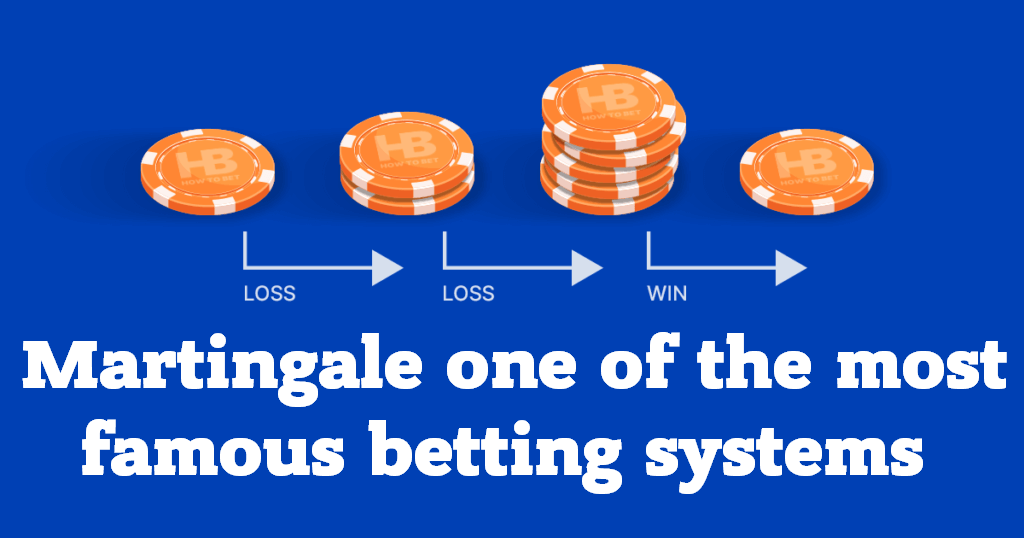

Martingale is a class of betting strategies that originated and gained popularity in 18th century France. Usually, this type of strategy is applied if you have a maximum of 2 exits from a situation in which the player has a 50/50 chance. The bet is based on whether the player has lost or won the previous game. We will tell you more about this class of strategies in the following article.
What is the Martingale Strategy?
The Martingale strategy generally involves doubling the amount of the bet each time the player loses the previous one. A classic scenario to apply the strategy is when the chance of something happening is 50%.
In situations where the same probability arises, such as flipping a coin, you determine the amount of the bet in one of two ways. According to the strategy, a person must double the amount of his bet if he loses the previous bet. The theory behind this type of strategy is that you regain everything you lost if your prediction is accurate.
Understanding the strategy
Although it seems simple, you must make sure you understand the strategy perfectly before using it. A bet based on it can have one of two outcomes, which are equally likely to occur.
If player X decides to wager a fixed amount of 50 euros or dollars, hoping for tails when a coin is flipped, then a second probability emerges: heads. In that case, he would lose the current bet and then resort to the Martingale. He doubles his initial bet to 100 and again hopes for tails. If it’s heads again, he loses the 100 and has to double his bet (to 200). If he wins, he stops betting.
As you may have already noticed, the size of the winning bet exceeds the sum of all previous bets, and the real difference is in the amount won.

Applicability of Martingale to the stock market
The strategy is usually used in many other cases as well as for bets, in which there are at most two scenarios that are equally likely to occur. It is important to understand that stock markets are not as simple and unpredictable as, for example, betting on roulette. Therefore, the strategy should be modified before it is implemented in a real-world setting.
Consider the following example. A trader uses the Martingale strategy and buys shares for 10,000 of a certain currency unit when each share is being traded for 100. If we assume that the price of the specific share will fall in the next few days and the trader makes a new purchase worth 20,000 at 50 per share, the average value increases to 60 per share.
Assuming that the share price falls once again, using Martingale, the trader should make a new purchase worth 40,000 at 25 per share. Thus, the price of each share drops to 33.33. At this point, according to the strategy, the trader can take profit under circumstances where the shares increase to at least 38.10 each. In such a scenario, the player will generate a profit of 10,000, which is equivalent to the amount of the initial bet.
In the above case, the trader can take profit after the third bet as the share price has reached 38.10. This won’t always happen because he might hope the market will recover.





